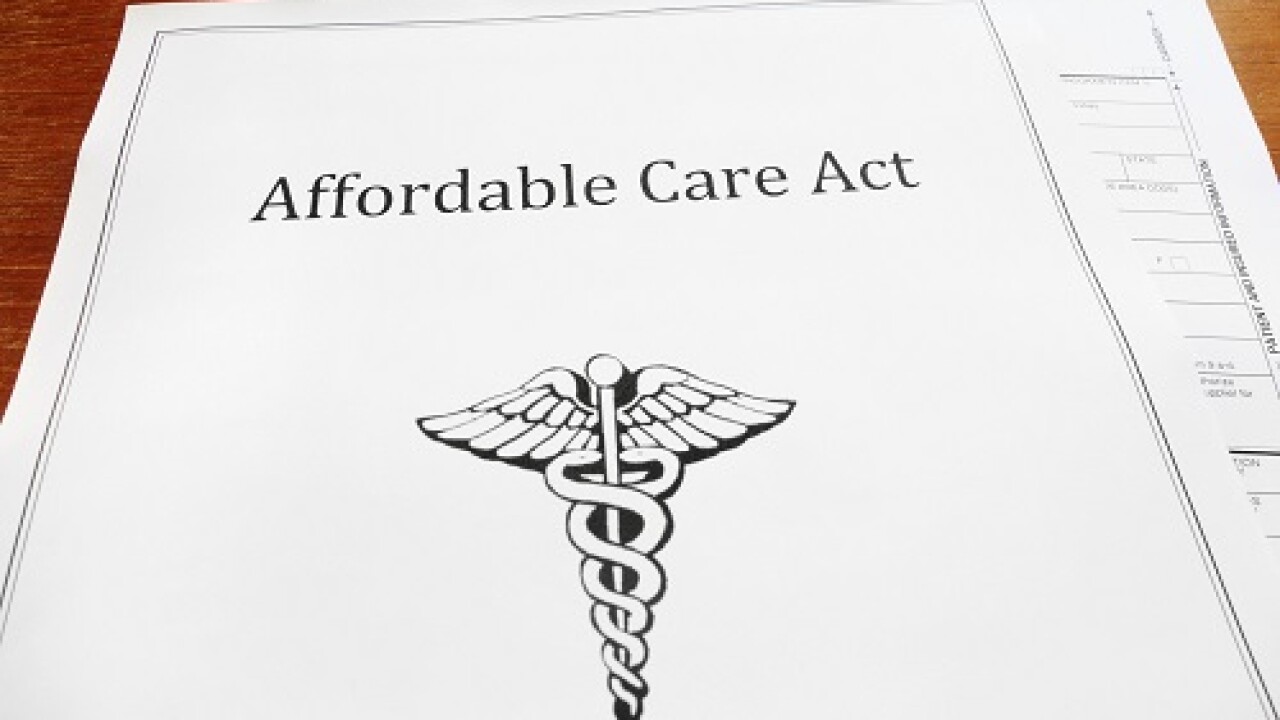The Federal Accounting Standards Advisory Board has issued a proposed standard that would let federal agencies continue to prepare financial reports with reasonable, rather than precise, estimates of general property, plant and equipment.The proposed statement, Estimating the Historical Cost of General Property, Plant and Equipment - Amending Statements of Federal Financial Accounting Standards 6 and 23, would make it more possible for a handful of major government agencies to produce financial reports that meet generally accepted federal accounting principles - something the Department of Defense, the Department of Homeland Security, and the National Aeronautics and Space Administration have never managed to do.
If those agencies are able to produce reports that meet GAFAP, it would enable the federal government to issue, for the first time in history, an unqualified comprehensive financial statement.
"This standard gives more latitude for developing reasonable approaches to doing estimates and putting them on the books and getting them audited and hopefully getting a clean opinion and then moving forward," said FASAB Chairman Tom Allen. "It is a practical acknowledgement that you can use reasonable estimates that will pass muster with your auditor ... that you can do it initially and you can also do it after that initial recording of capital assets."
SFFAS 23, effective for fiscal year 2003, allowed federal agencies to temporarily use reasonable estimates of historical cost and accumulated depreciation for initial capitalization of G-PP&E acquired before the statement went into effect.
The allowance was granted in recognition of the difficulty of determining precise values for those costs. Most agencies eventually devised precise figures, but the Pentagon, NASA and Homeland Security (particularly the Coast Guard) are still using estimates, in some cases even for PP&E acquired in recent years. The proposed standard would allow those estimates to serve as GAFAP.
Allen said that the intent of allowing estimates of historical cost was that while original cost might be derived only by estimate, subsequent calculations, based on more specific information, would become increasingly precise. Some agencies, however, have been unable to produce either precise original costs or systems for determining precise costs in subsequent years.
Donjette L. Gilmore, DoD acting assistant deputy chief financial officer, said that it is especially challenging to keep track of G-PP&E in the DoD, the value of which is currently estimated at $478 billion - 67 percent of the federal government's G-PP&E. Weapons systems, she explained, some of them decades old, are constantly upgraded. Equipment is all over the world, in some cases on battlefronts or in the care of contractors.
What, for example, she asked, is the value of the U.S.S. Constitution, the three-masted frigate that was launched in 1797 and is still in use?
"We don't have the systems in place that will capture and maintain the documents that we need to support the values that are on the financial statements," Gilmore said. "What this [standard] will help us do is allow us to not have a certain date when we would have to maintain those documents. We could do it, but it would be a Herculean effort to pull together all the documents we needed."
"Herculean" translates as "hugely expensive." Attempts to develop documentation systems have already cost tens of millions of dollars, without success. FASAB has therefore decided it would be more cost effective to simply allow the continued use of estimates.
The proposed standard does not change accounting for G-PP&E, but it offers new guidance regarding the estimation of historical cost and accumulated depreciation. The board still encourages agencies that use estimates to move toward establishing processes and practices for future acquisitions that will capture and sustain transaction-based data that meets G-PP&E historical cost valuation requirements.
Allen acknowledged that the proposal is a practical, if less than ideal, solution to the problem it intends to solve.
"This is not a standard you hold up and say, 'Boy this really provides rigor,'" Allen said. "To the contrary, it is a practical acknowledgement of the importance of recording your capital assets, but that a high level of precision is probably not worth the cost that it would take."





